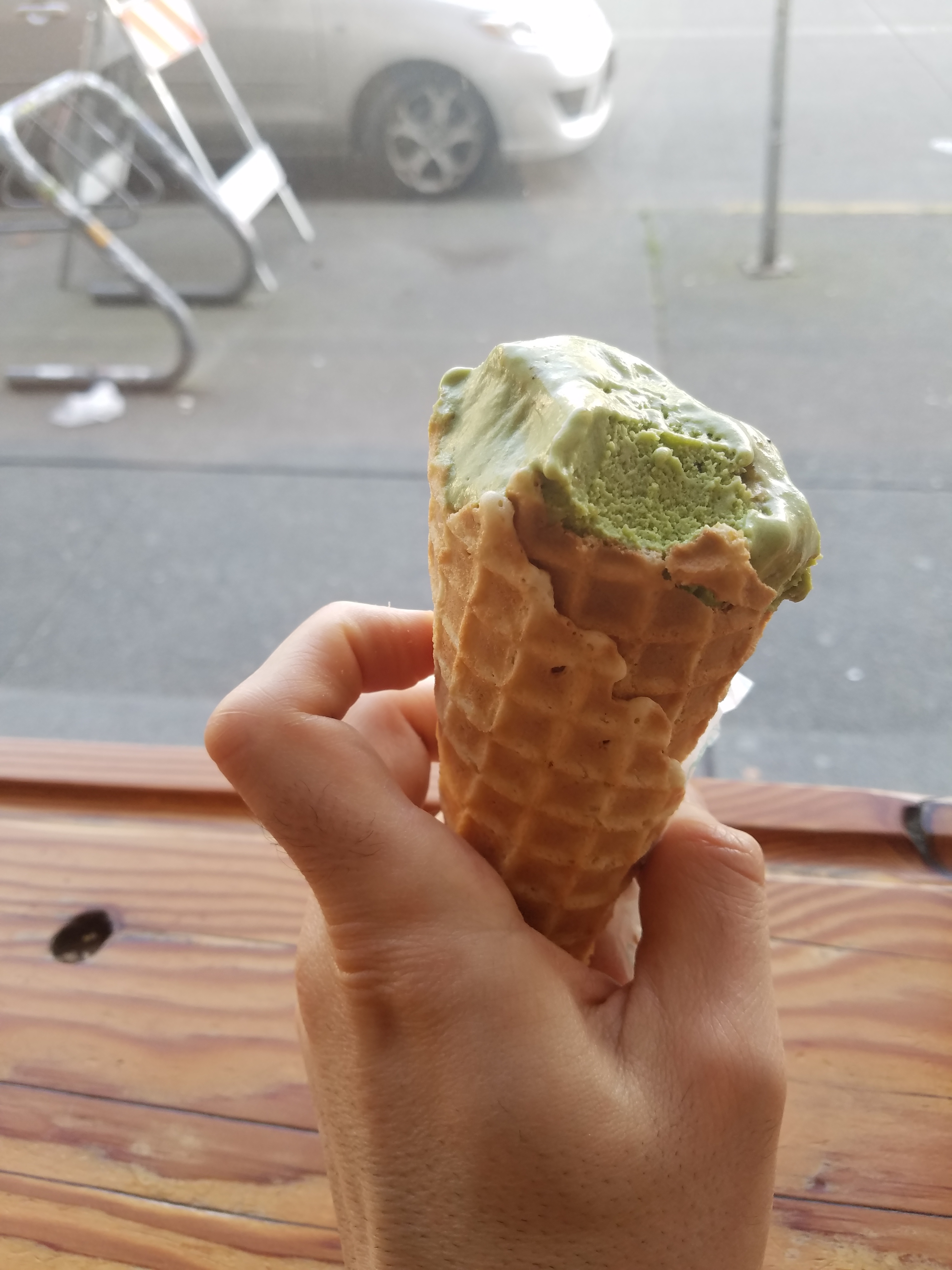
As I was eating this delicious vegan matcha powder, peach jam, and coconut milk ice cream. I had a moment, where I thought to myself, this is a cool subject to write about. It would be interesting to research more about the science behind ice cream. By the way, if anyone lives in Seattle, and wants to try an ice cream shop. I would recommend Molly Moon. They have great flavors! I always get confused when I enter this ice cream shop.
On that note, let us delve into the chemistry behind all the ingredients in the ice cream. To learn more about the chemistry behind ice cream, we need to start to explain about dispersions first.
Continue reading
